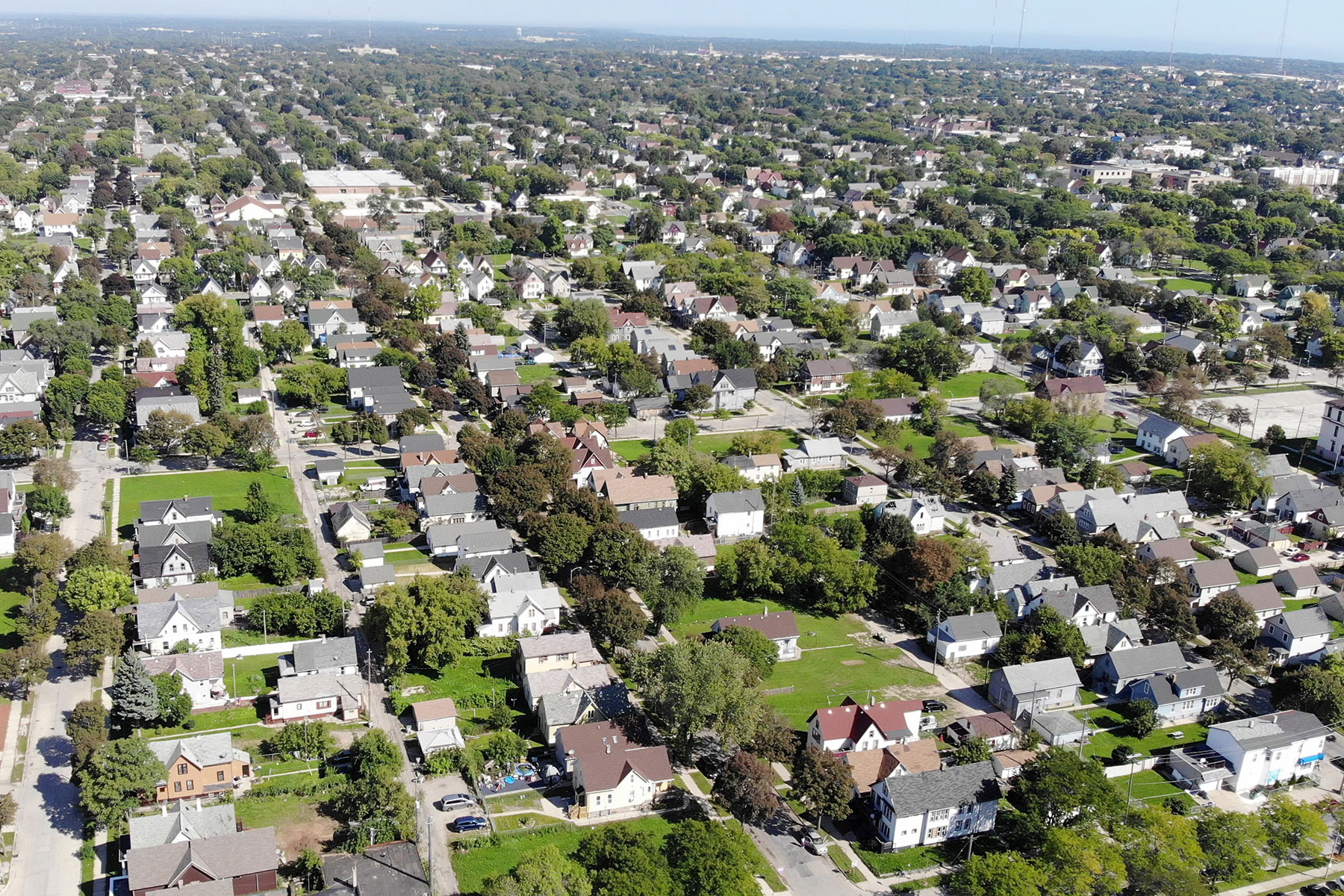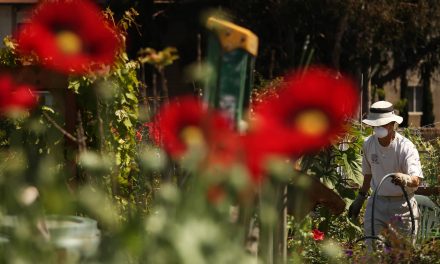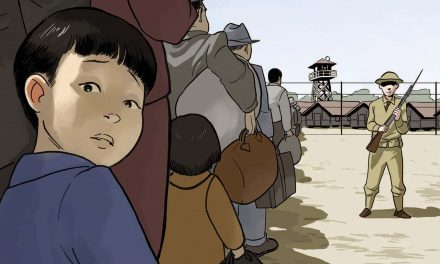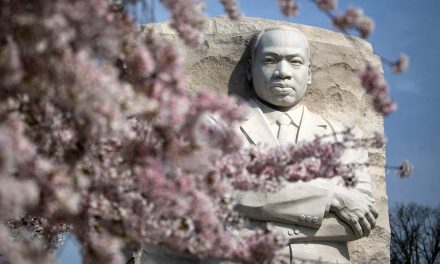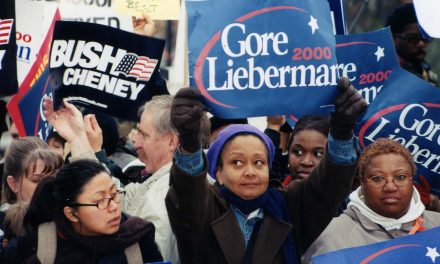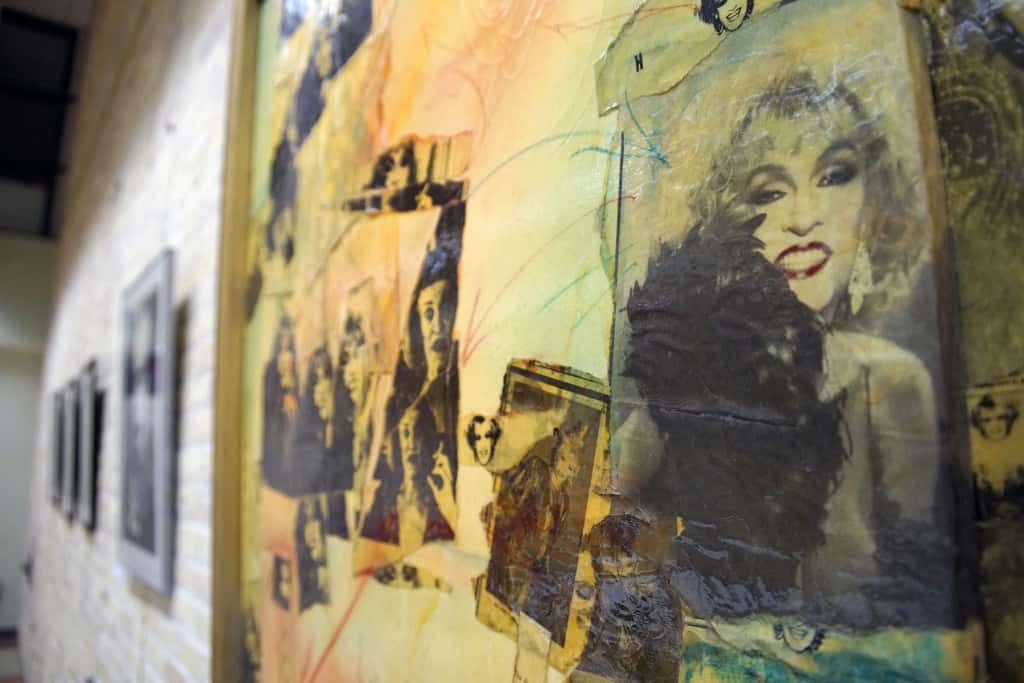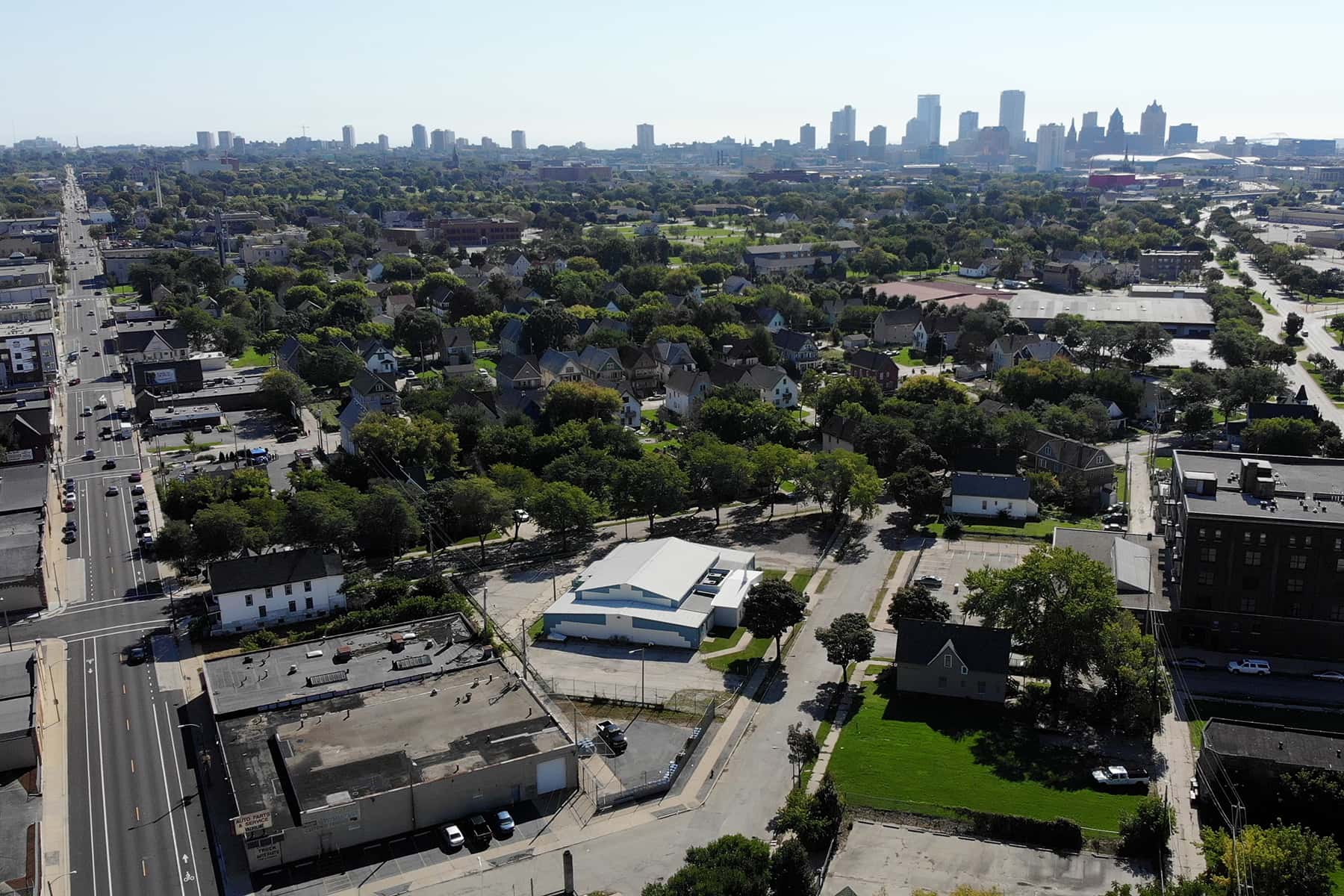
The economic disparities between residents of Milwaukee’s central city and other parts of the metropolitan area are well known. The suburbs, in particular, show lower rates of poverty and incarceration and higher income, education and home-ownership than many parts of the central city. That is especially true for one zip code.
For many, 53206 has become a metaphor for the challenges facing inner-city residents, especially residents of color. The areas high incarceration rate and low employment rate have attracted national and international reporting.
A recently released study spanning 17 years tries to quantify, what it terms, the “ecosystem of disadvantage” in 53206. Marc Levine, a professor emeritus of history, economic development and urban studies at UW-Milwaukee, was the author of the research. Levine focused his discussion on concentrated and cumulative disadvantages, as well as the ecosystem of disadvantages a community can experience. He says that, while slightly different, all of these terms point to the same idea.
“We’re talking about a number of disadvantages – in terms of earnings inequality, income inequality, poverty, unemployment – all concentrated in a geographic space. When we talk about cumulative disadvantage, that also refers to that concentration, but it refers to an accumulation of those disadvantages interacting with one another over time,” Levine said. “When we talk about an ecosystem, that, more or less, references the same phenomenon of interlocking or interconnected kinds of disadvantages that form an ecosystem, for a lack of a better term, that characterizes the entire socioeconomic phenomena that are occurring in the neighborhood.”
The area Levine focused on for the report was Milwaukee’s 53206, infamously regarded as the zip code that incarcerates the highest percentage of black men in the United States. While some of the statistic are in dispute, Levine believes that there is much to learn and to say about the inequality the community clearly faces.
“Whether 53206 is the most incarcerated zip code in the United States or if it’s the 250th most incarcerated, it’s still a zip code that has much, much too high a level of mass incarceration. And that level of mass incarceration is one of the integral elements of cumulative disadvantages that we outline in the report,” Levine added.
When it comes to inequality, there are many elements that contribute to the issue. When compared to the rest of Milwaukee, the 53206 zip code experiences worse outcomes in education, employment, income, incarceration, and housing.
“Over one-fifth of employed residents of 53206 report income below the poverty level, a level of working poverty that far exceeds the rate elsewhere in Milwaukee,” the report explains. In addition, less than half of the prime working-age adults (those between the ages of 25 and 54) in 53206 held full-time jobs in 2017, compared to 69 percent in the city of Milwaukee and 75 percent in Milwaukee’s suburbs.
Mіtch Tеіch and Zое Smіth Munsоn
Lee Matz
Originally published as Report Highlights Major Economic Disparities In Milwaukee’s 53206

